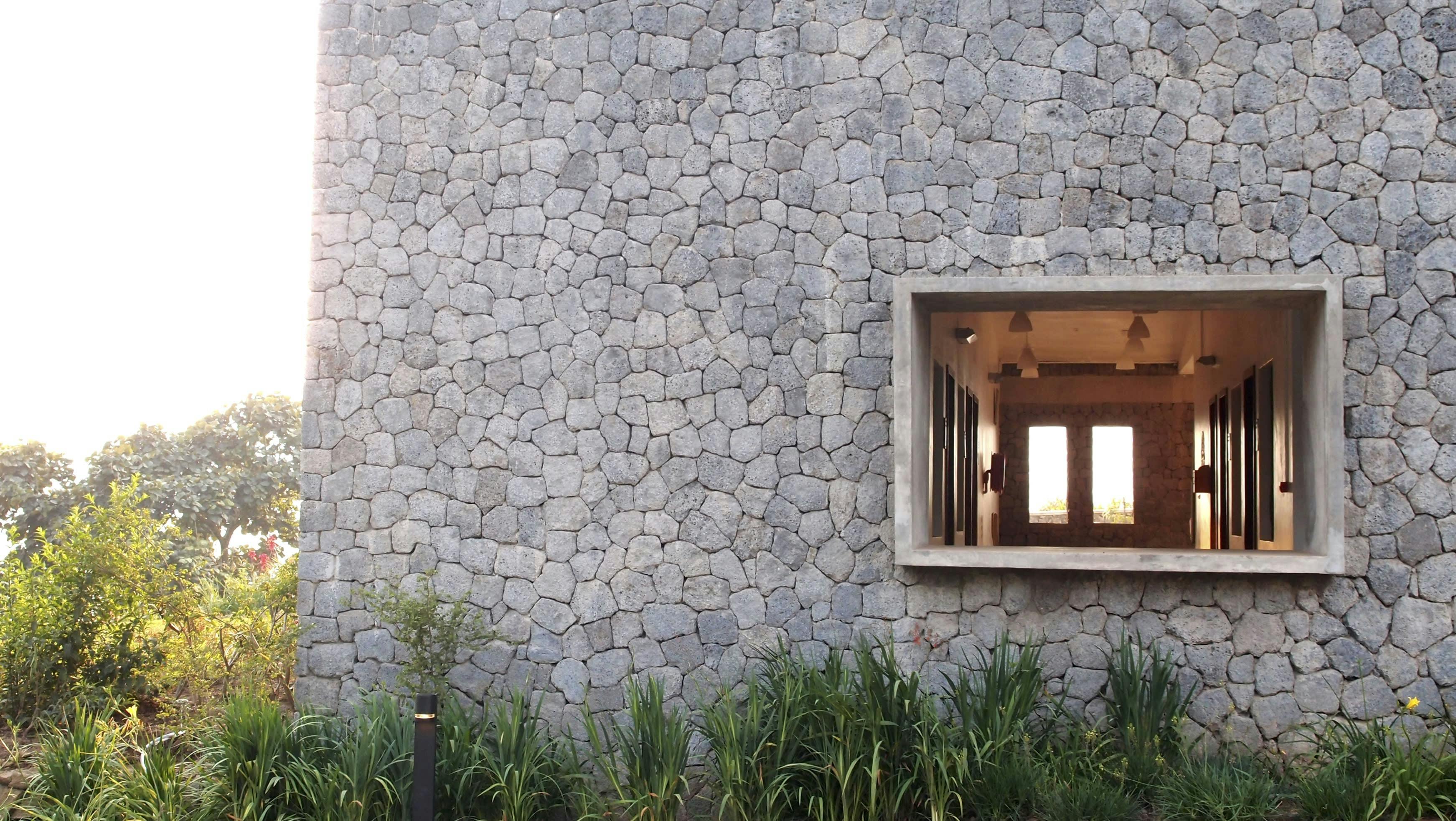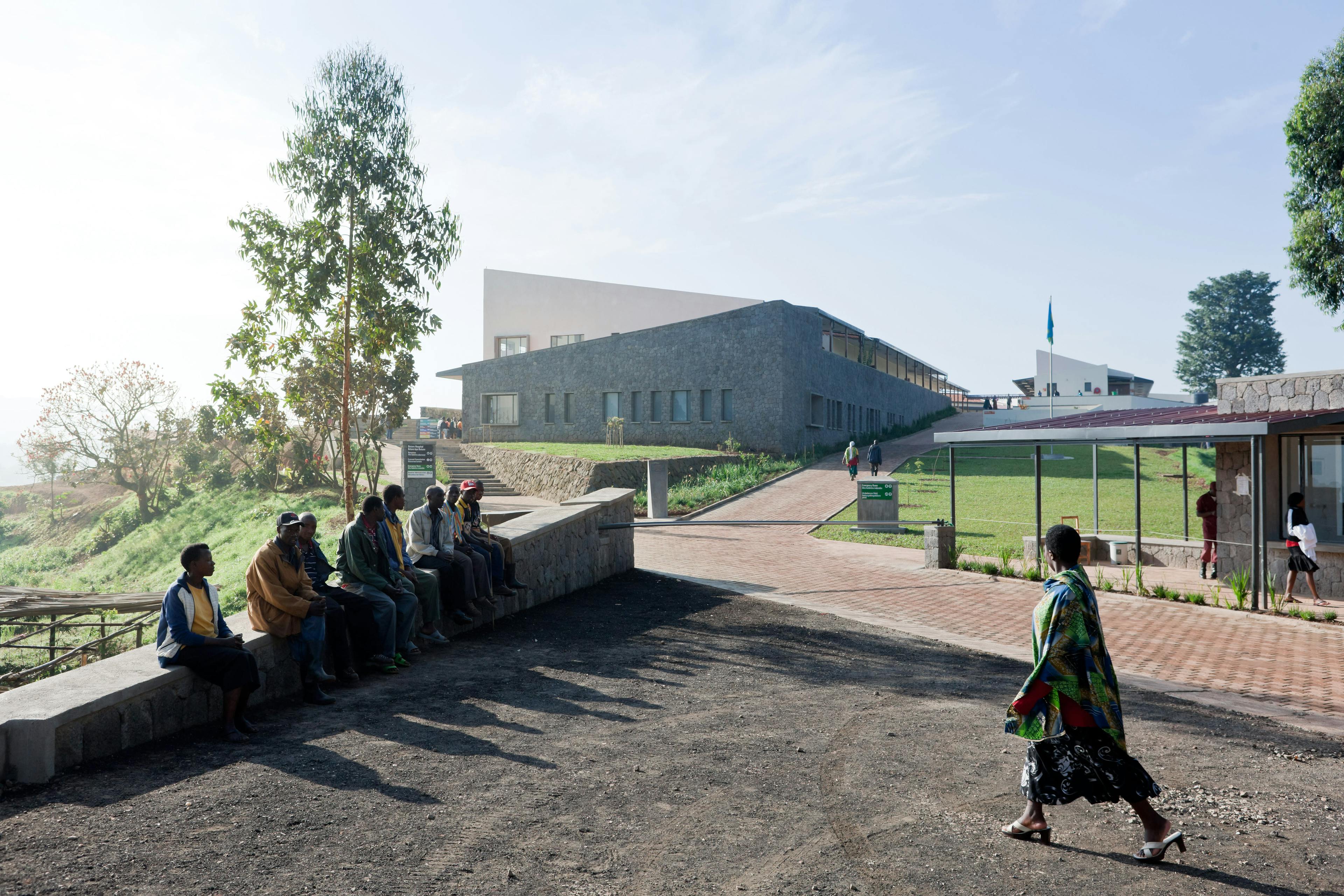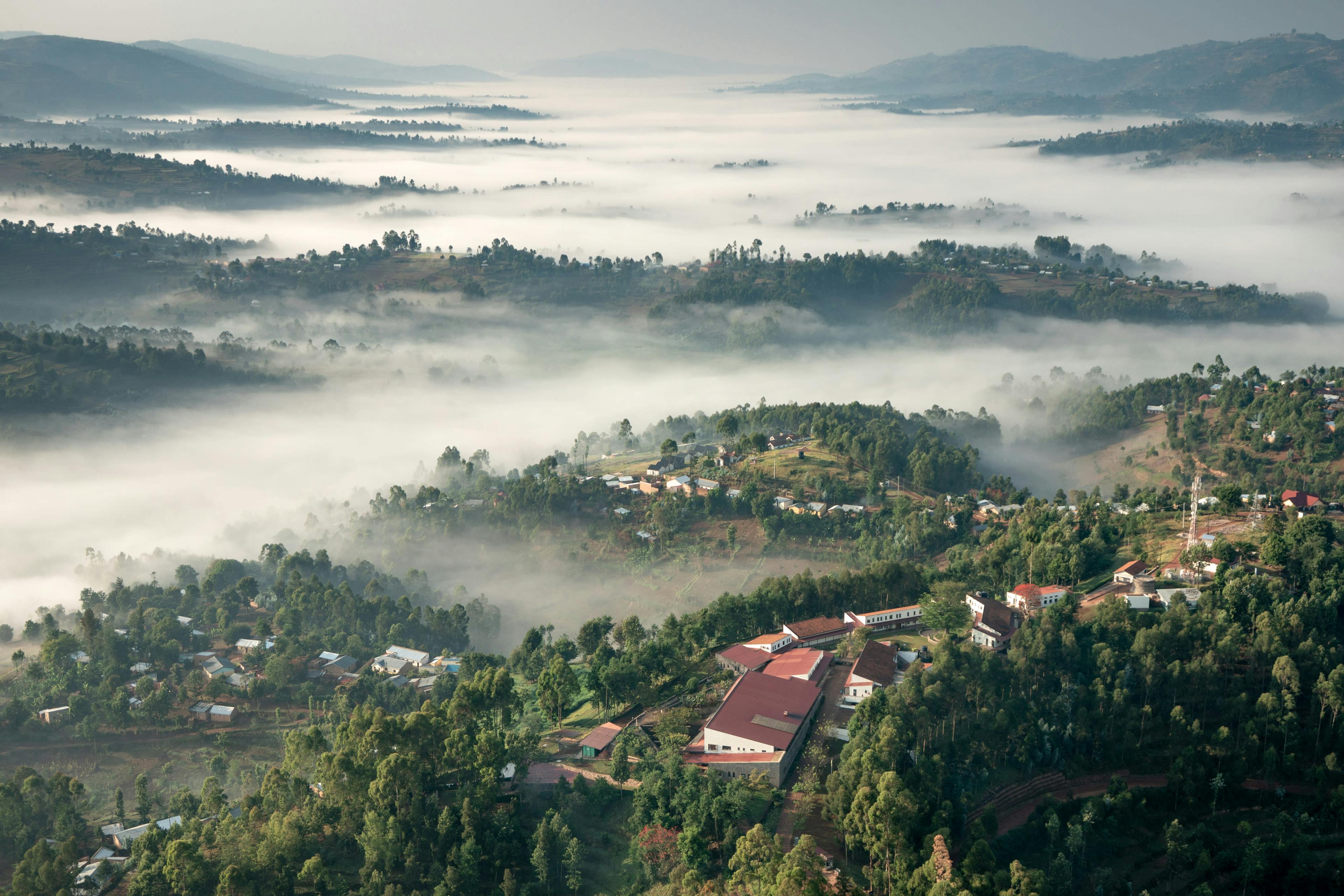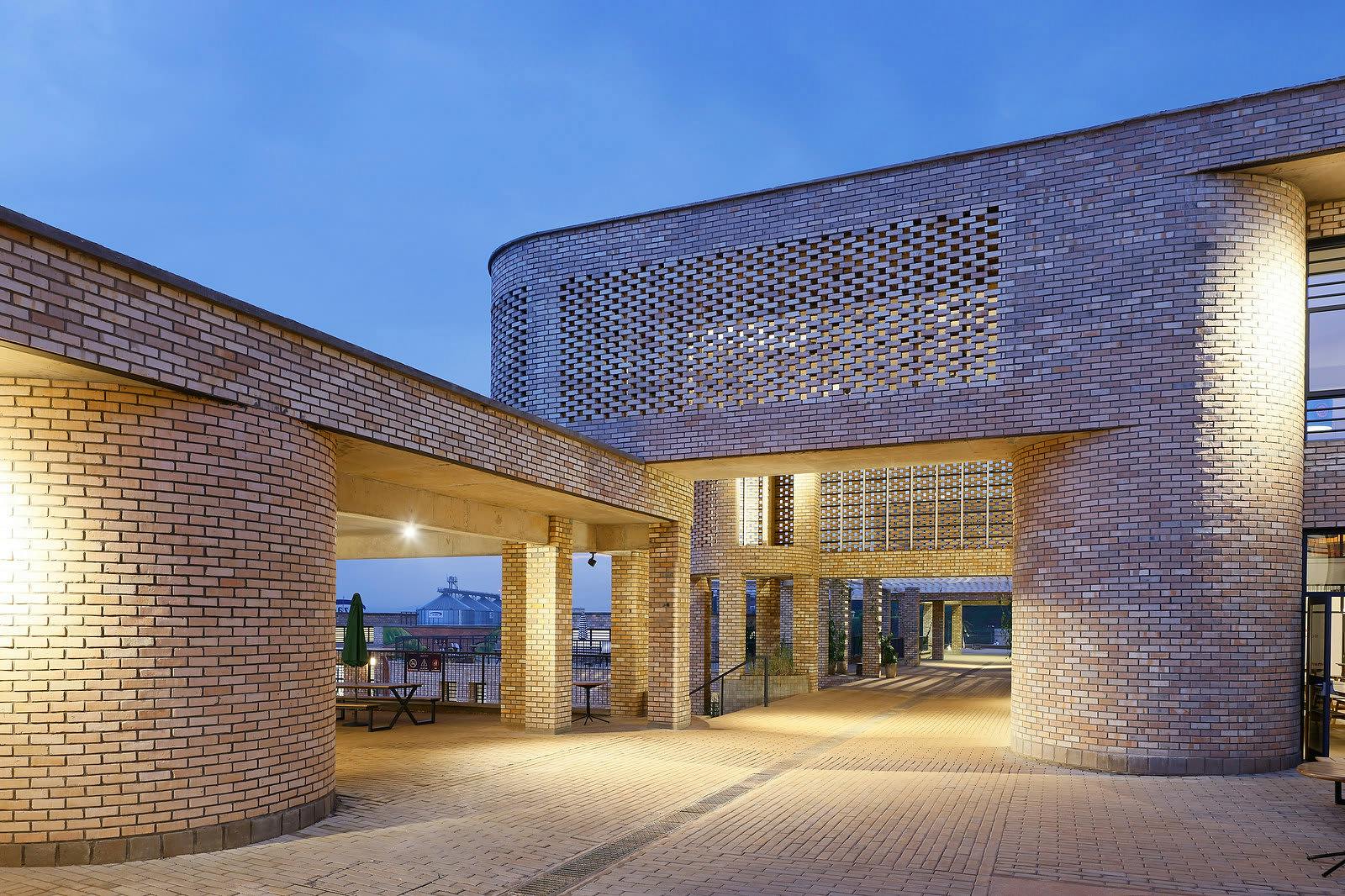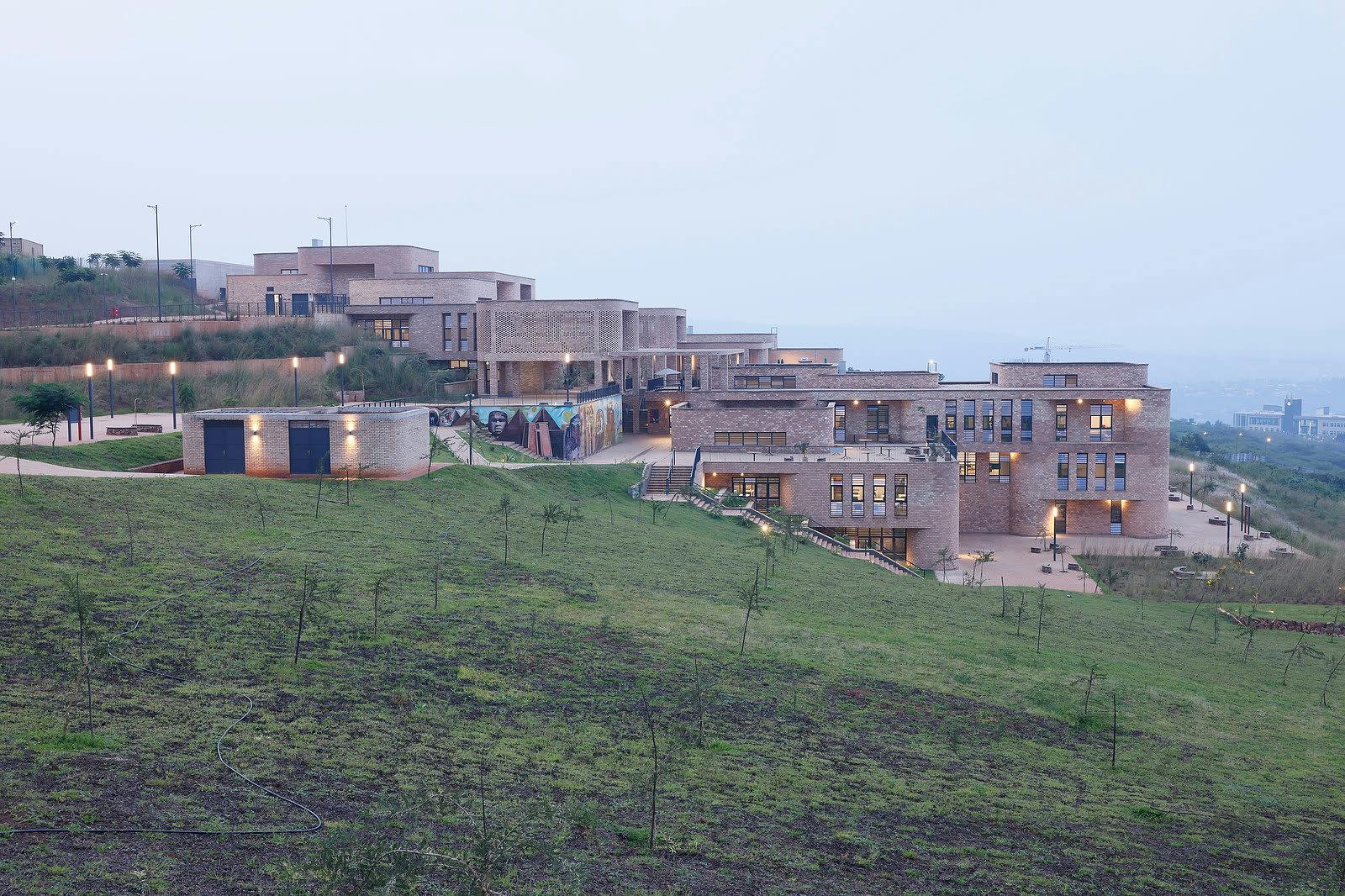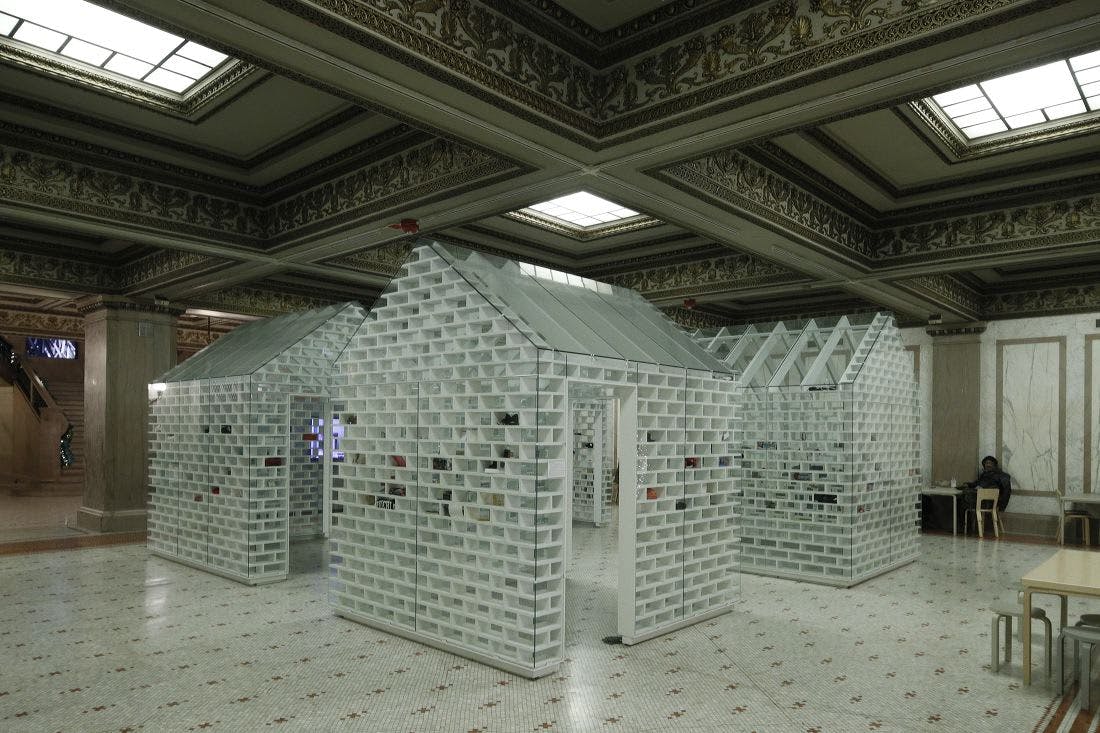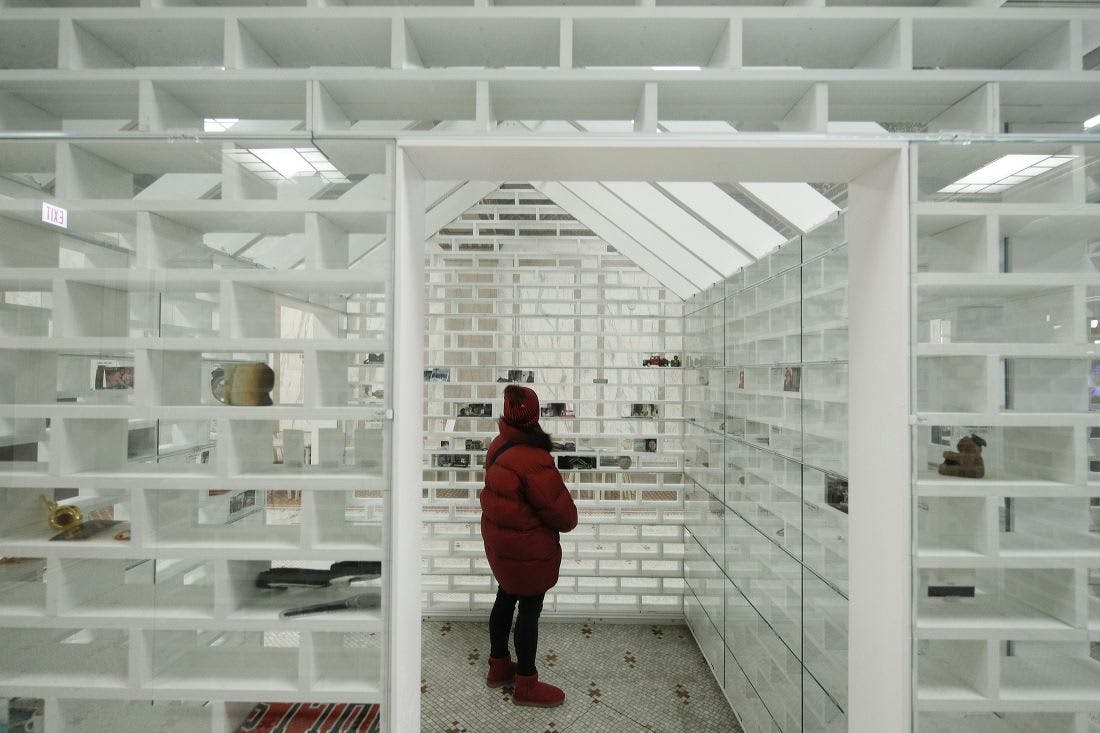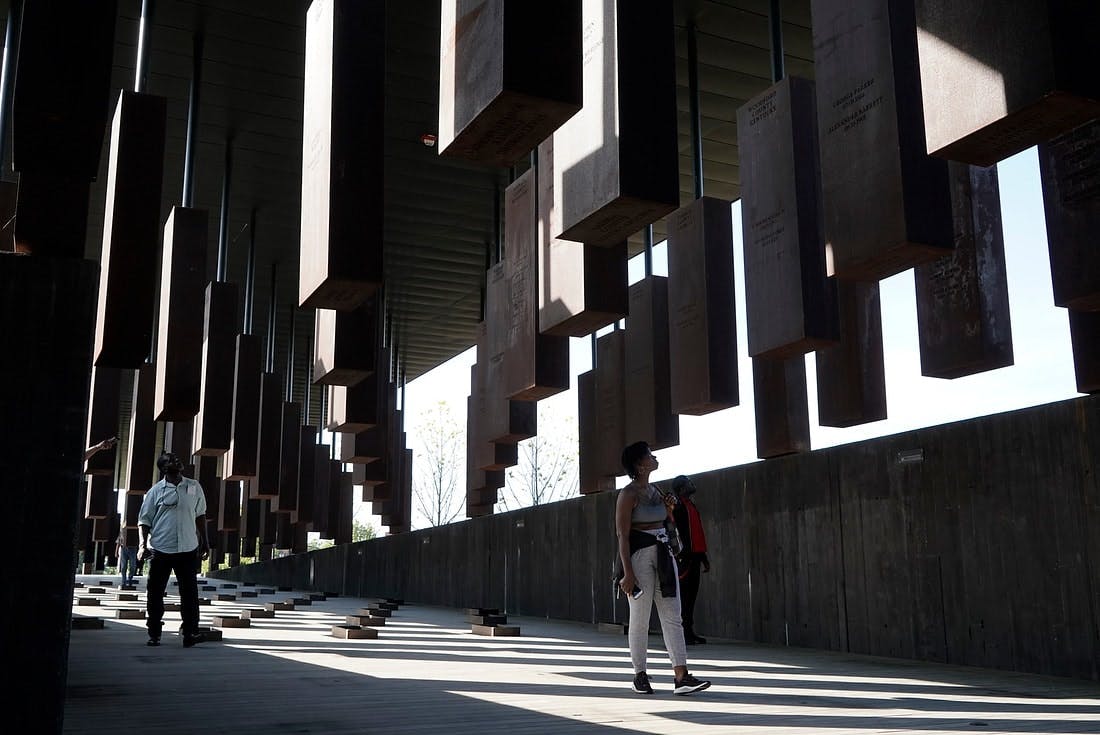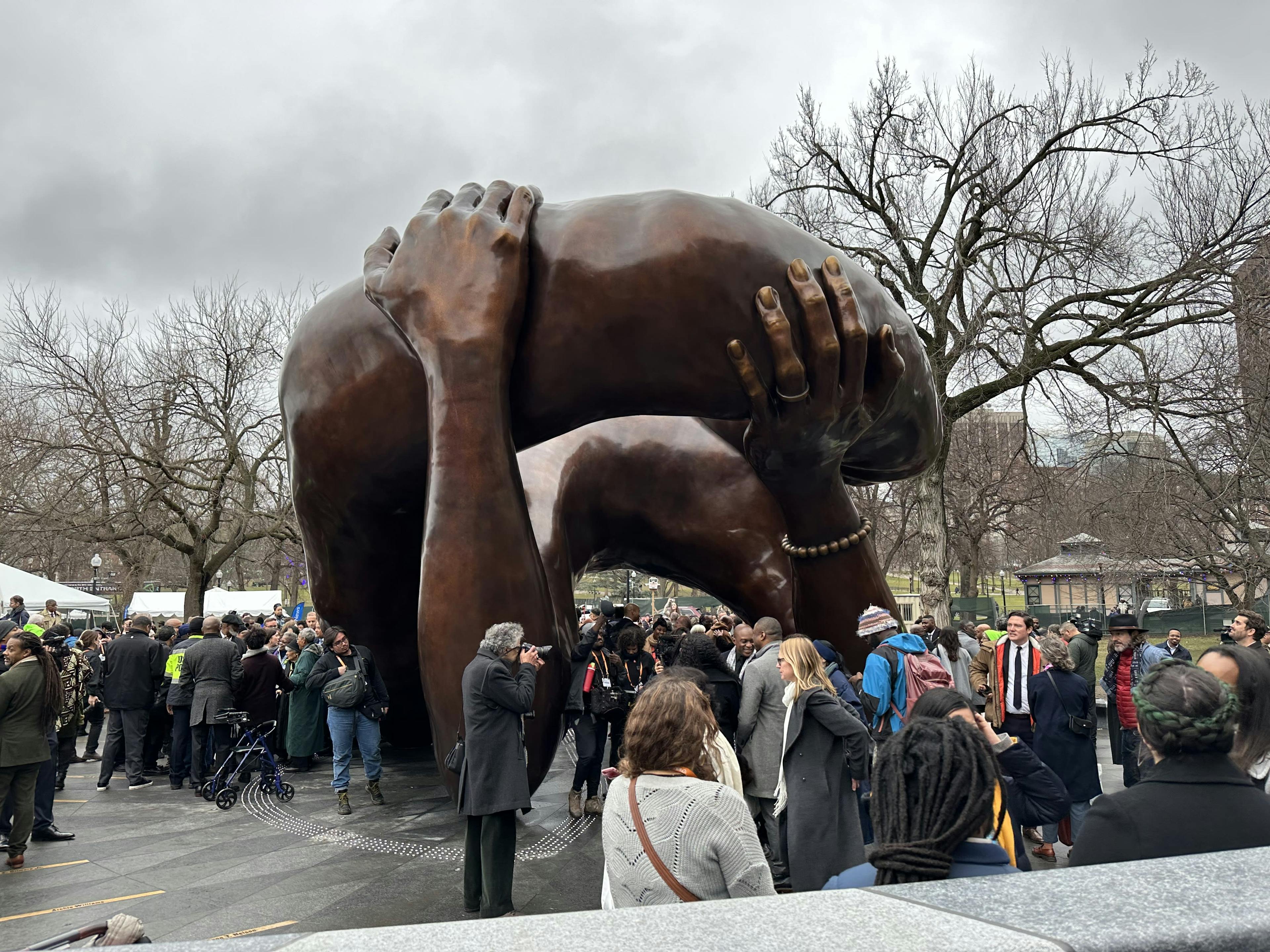Should architecture be beautiful, or useful? Let’s say “both/and.”

On his way to being a journalist, Michael Murphy found out that his father had been diagnosed with terminal cancer and had just weeks to live. Murphy, today a Dial Fellow, moved back to his family home in Poughkeepsie, New York, and, trying to figure out what to do with his time, decided to continue his father’s work restoring their old house. His father joined in, and the two of them worked together for weeks—which became months, which became years. They finished the house, and Murphy’s father, miraculously, was in remission. He told Murphy that their work together had saved his life. “I think from that moment I was overwhelmed with the idea that there is this bounded relationship in the buildings around us to our own being, to our own health, to our personhood,” Murphy says.
Murphy would later meet the late Dr. Paul Farmer of Partners In Health. When he asked Dr. Farmer what architects PIH was working with to build medical facilities, Dr. Farmer’s reply changed his life. “No architects have ever come to us to see how they could be of service,” Murphy recalls him saying. “Where have you been?” Murphy’s determination to meet that challenge led him to co-found MASS Design Group, a firm that has been lauded for its work on an architecture of healing. In late 2022, Murphy stepped down from his role at MASS to pursue new ventures.
In a recent Fellows Friday conversation with Jennifer Arceneaux, the senior director of Emerson Collective’s Culture Council, Murphy discussed the role of architecture in society, often through examples from his own portfolio.
Jennifer Arceneaux: You've said that the search for beauty is the search for justice, which I find incredibly moving and very energizing. Has that philosophy evolved over the years? Has it ever been challenged?
Michael Murphy: The first project that came out of my collaboration with Dr. Farmer was Butaro District Hospital in Rwanda. At one point a medical professional that was there with Partners In Health—an incredible guy, who was, I think, suspicious of the role of the architect—asked me, “Why are you here?” He said, “We have such limited resources. I'm not sure we need to waste money or time on architecture. We need to just get something built that’s good enough to allow professionals to work.”
That story is one you hear all the time. We only need just good enough, just the bare minimum to get things off the ground. I would push back on this guy’s arguments, and we’d have conversations around why it's necessary, about what architecture is providing beyond just a facility for medicine to operate in.
Years later, he came up to me at a fundraising event. He said, “I have to tell you a story. I really thought you were wasting our time and money. But then I went to the hospital, when it was finished, and I saw the stone wall.” We had this wall made of local volcanic rock, hand cut by local masons, each stone intricately placed on top of the other, cut in order to fit into this sort of jigsaw puzzle design. It is really quite stunning, quite beautiful, quite tactile. He said, “I saw that wall and suddenly realized that what you were talking about was true. That we need beauty, because we're not serving the whole person if we're not providing a place that offers a sense of dignity, a sense of hope.” That’s what I think. If we don't have a place that people are inspired to work in, or inspired to think about, we're not actually providing the right kind of resources to continue to affect the structural change we need.
Jennifer Arceneaux: You also demonstrated a respect for his place, this place where he and his colleagues work, which is quite powerful.
Michael Murphy: I think that's true. Dr. Farmer talked a lot about what he called the socialization of scarcity: Internalizing a sense of the bare minimum, a sense that we only can afford so much. So to change from a place where we think you can have one—beauty or justice—to a place where beauty is justice is actually to transform the way we think about the world around us: What we deserve, and why, and who is not getting what they deserve.
Jennifer Arceneaux: It's also an assertion: That beauty is a right. You and I also share an interest in challenging binaries in our practice. On the Emerson Collective Culture Council, we are conceptually dancing with the artist Lorraine O'Grady. She's embraced the “both/and” in her practice. She said, “My weapon of choice to oppose the West’s ‘either/or’ binary, which is always exclusive and hierarchical. I feel that the ‘both/and’ lack of resolution, an acceptance and embrace of it, is what needs to become the cultural goal.” What do you think that might mean in the context of architecture?
Michael Murphy: I remember O'Grady talked about the difference between the diptych and the triptych: She doesn't present the triptych, because the triptych has a beginning, middle, and end. Whereas a diptych has polarizing binaries that require us to fill in the middle and sort of wrestle with what is between.
There was an amazing architect that I discovered when I was looking for a history of the social project of architecture. His name is Giancarlo De Carlo, and he was a radical, post-war Italian architect who was wrestling with what it meant to rebuild after the war. He theorized this very idea of the false dichotomy, in the 1970s. He called it the “bread and roses problem,” which comes from an old labor slogan. So there was this other well-known Italian architect, Ernesto Rogers, who provoked De Carlo one day. He said, look, De Carlo, you're talking about the social impact of architecture, the politics of it. But if you had to choose one thing, bread or roses, which would you choose? The choice between bread and roses is the choice between sustenance and beauty. De Carlo chose bread. But then later, he said, he realized he had been forced into a sense of a false dichotomy. The real questions, he said, should be, What is the process through which we create roses? How do we grow them? What is it that makes bread so essential to our lives? This bread and roses problem, this false choice problem, this “both/and” problem—I think it's inherent in our understanding of how we define beauty in the world, and challenging it is actually to say that beauty is that essential piece of any lived experience that we have to search for, fight for, argue for.
Jennifer Arceneaux: Let’s see an example of how this can look in space.
Beauty is that essential piece of any lived experience that we have to search for, fight for, argue for.
Michael Murphy: This is a project with MASS Design Group, including work from Nicki Reckziegel, Emily Goldenberg, Bethel Abate, and Patricia Gruits. This was a new initiative called the African Leadership University. It is also in Rwanda and it's built for the amazing, innovative educator Fred Swaniker and his team from the African Leadership Academy.
Fred has this visionary idea about education. He wants to put 10,000-person universities across the continent to address the huge group of youth that are coming and need to get a tertiary education, but for whom we don't currently have the infrastructure. Fred asks, what if our universities were replicable structures that were smaller in size and more highly utilized? And he creates an entire pedagogy around these learning pods, as he calls them.
This entire campus also has so much discoverable space. There’s a sense of delight as you walk through it and are taken through various, different forms, go deep into the floor plate, see new areas. I found it kind of amazing to have a very simple structure that can create a diversity of exciting spaces. In a sense, you're challenged by what you think you're going to walk into, and you walk in and create or find yourself among things that you didn't anticipate.
Jennifer Arceneaux: As you're visioning a new space, do you imagine how people will feel when they are inside of it? Is that a motivation for you?
Michael Murphy: I think it's the most important thing. When you walk through great architecture, you’re sort of knocked into recognizing the space around you. I call it a spatial awakening. Buildings are kind of a backdrop, then suddenly they move from background to foreground. The space around you becomes really present. You want to touch the wall, you want to touch the column, you want to feel tactilely engaged. And spatial awakening, I think, is that moment when you're starting to see the space around you as serving you, as engaging you.
My friend John Kerry—not the statesman, but the design theorist—said that what health is to medicine and justice is to law, dignity is to design. It is the marker of great design that you feel a sense of purposefulness when you walk through something. We can feel a sense of dignification in a place that's considered and thought about. If we believe that dignity is a right—and certainly it is a right—then suddenly you can start to ask questions about the spaces around us and why they aren't providing the very most dignity that they possibly could. Why are hospitals the way they are? Why do prisons look the way they do? Why do housing and schools look a certain way? I certainly hope to advocate for asking more difficult questions and demanding more from the built environment around us, so it performs in the most dignifying, healing way it possibly can.
